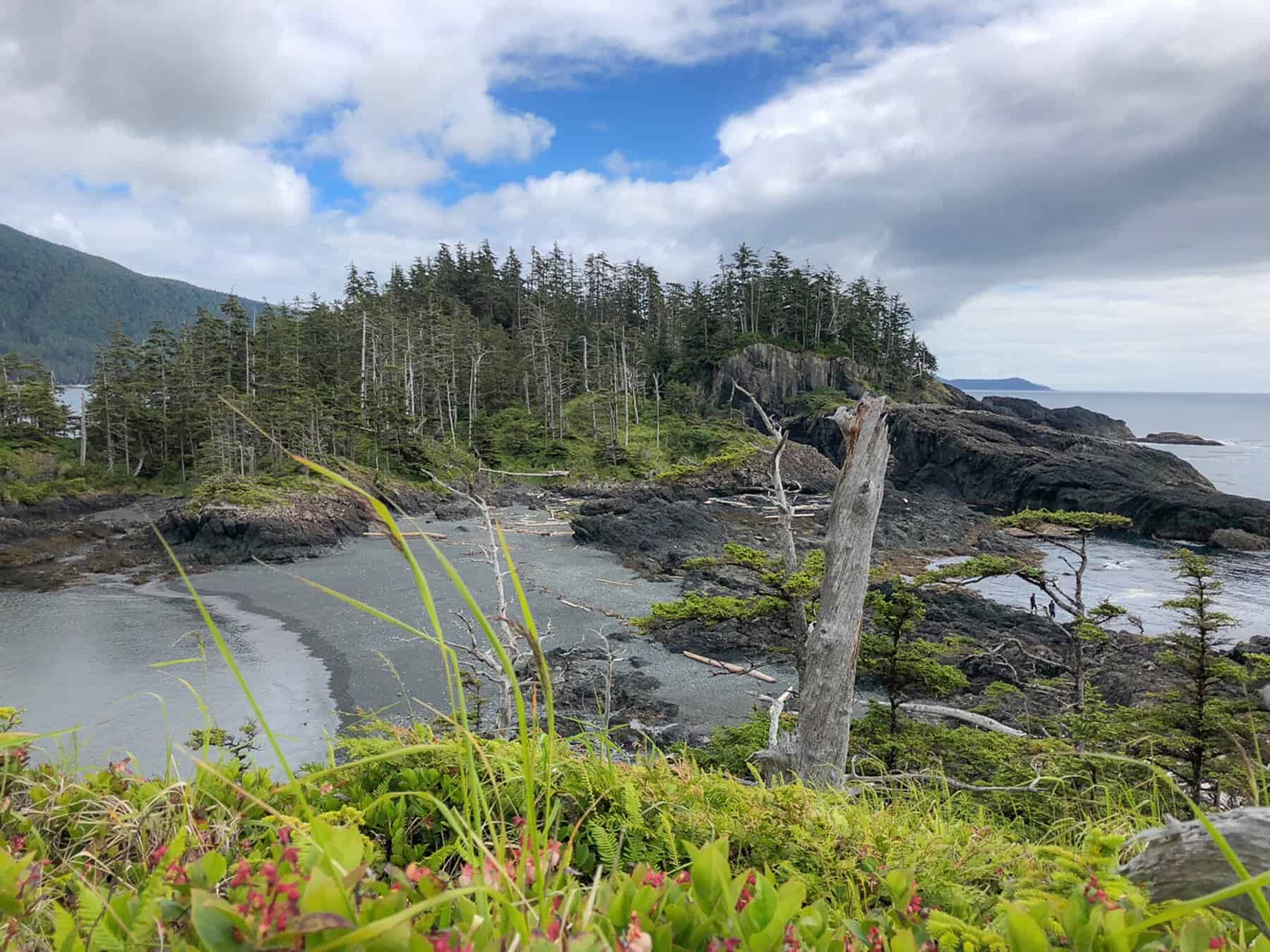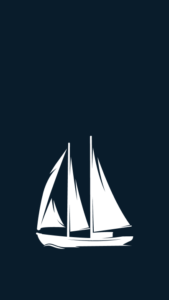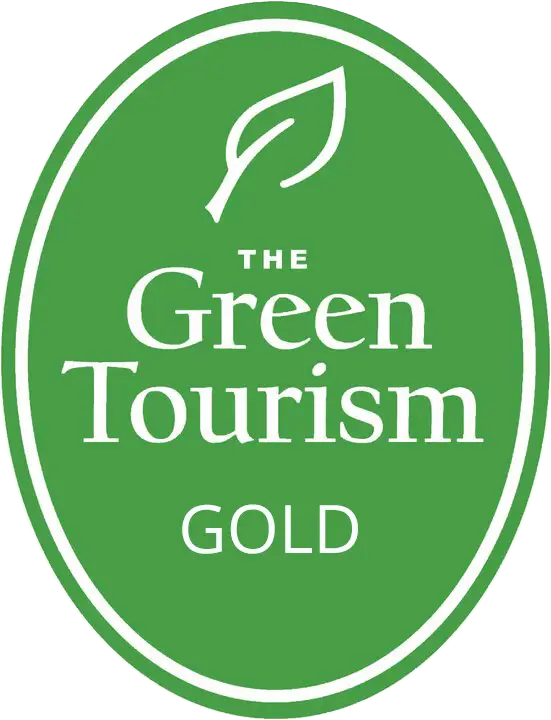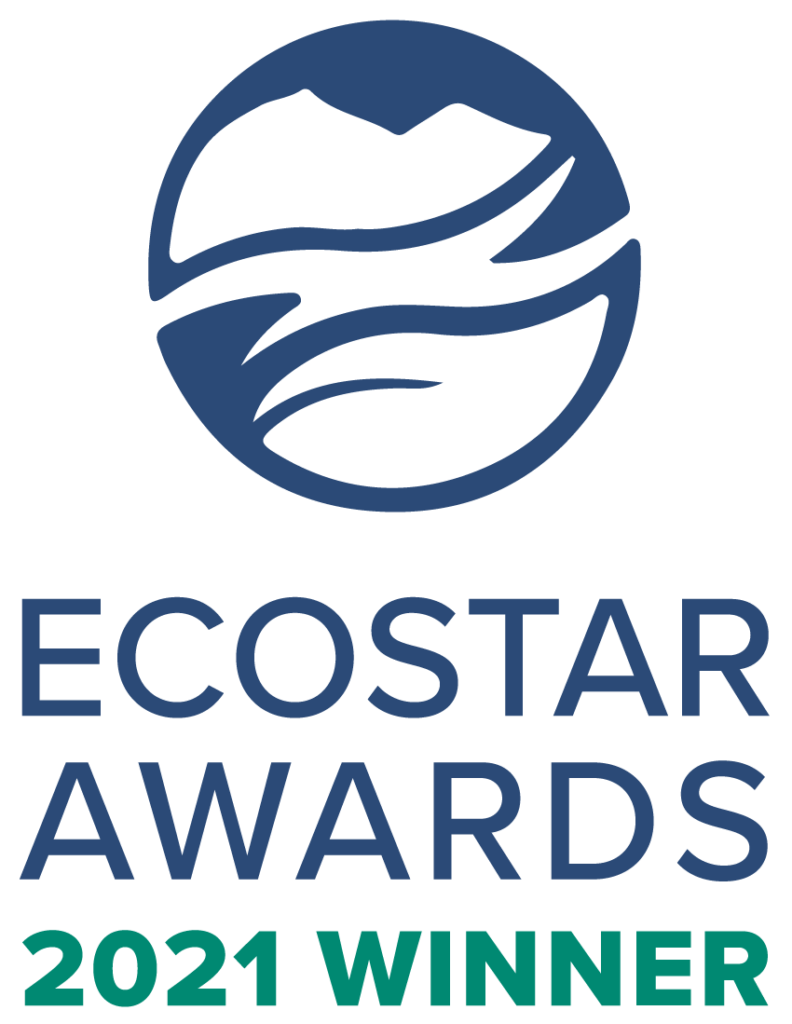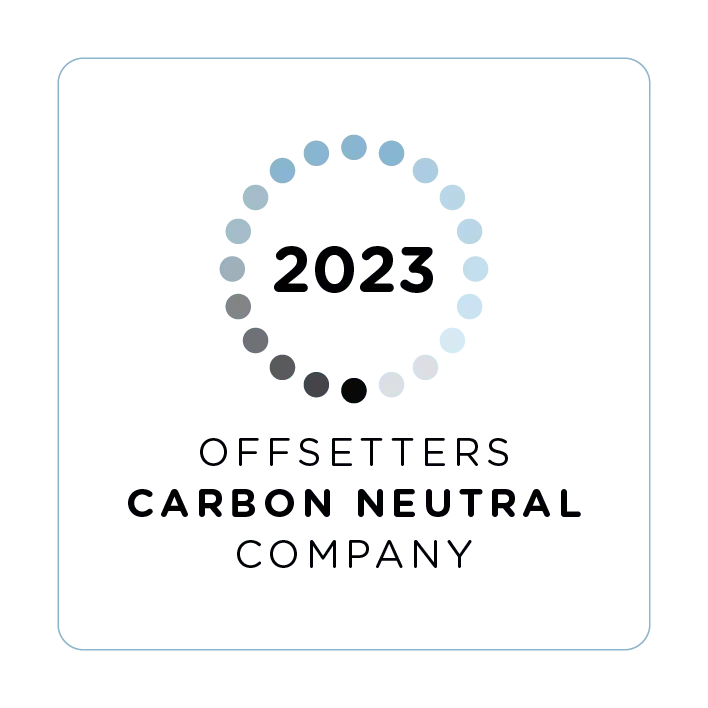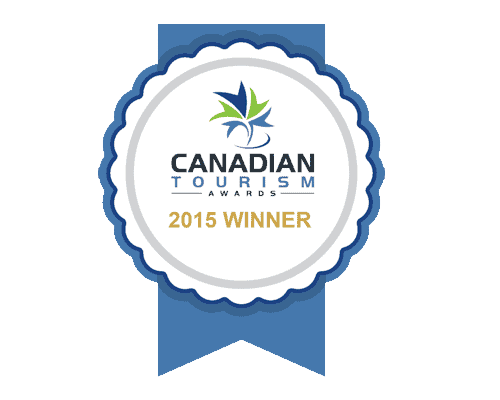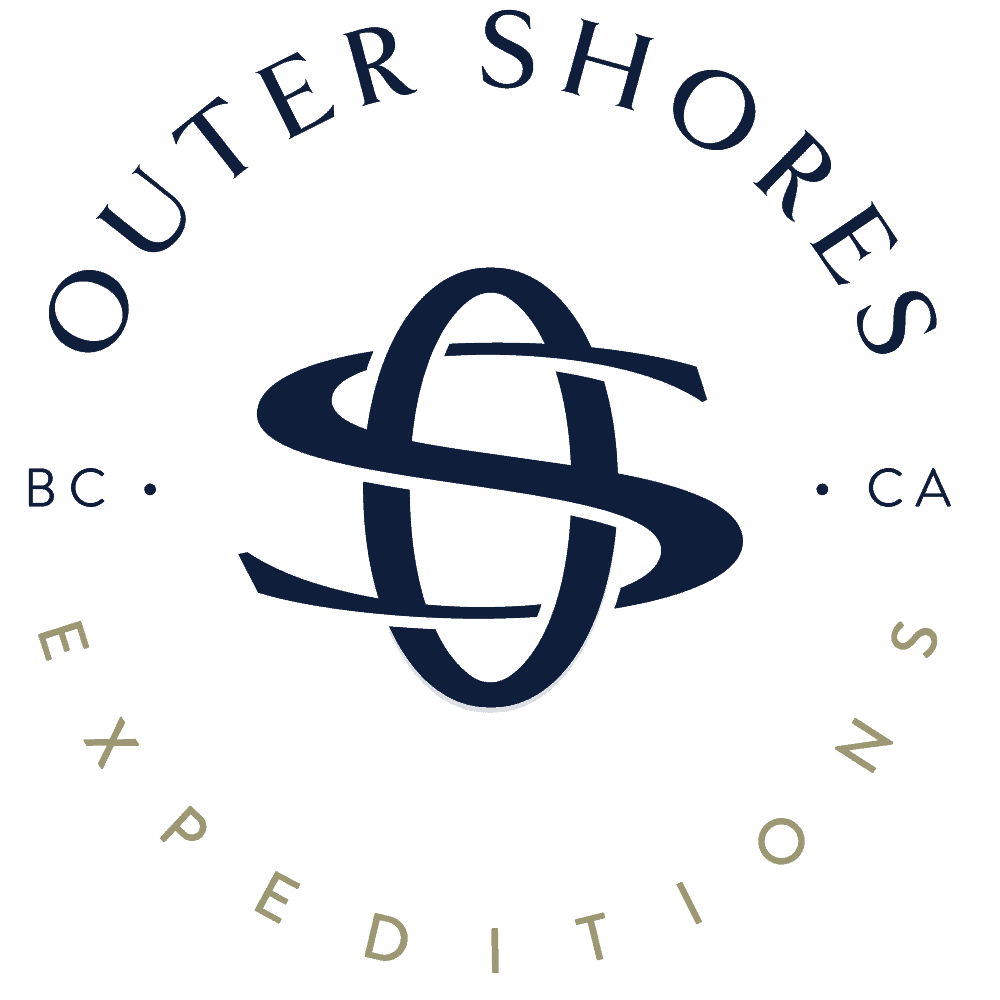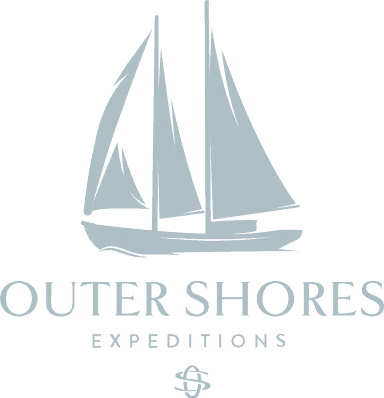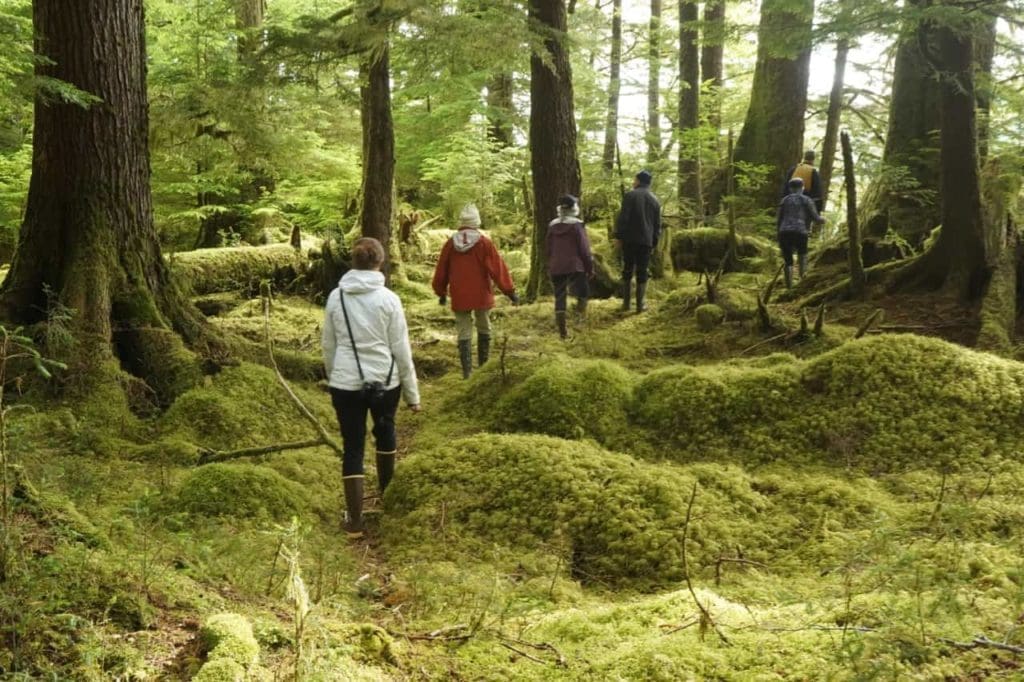
A 9-day expedition log through Haida Gwaii’s Islands of Beauty
Gwaii Haanas July 3-11, 2018
Crew: Captain Russell Markel, Deckhand Oriana Smy, Expedition Chef Erin Vickers, and Onboard Specialist:Graham “Jaahljuu” Richard
Disclaimer: Each day aboard the Passing Cloud is very full: full bellies, smiles, heads/hearts, and memory cards. An indeterminate amount of time and space is required to digest each and every moment, some which may present themselves as memories in later times. Please read with caution. Nostalgia and wanderlust may ensue.
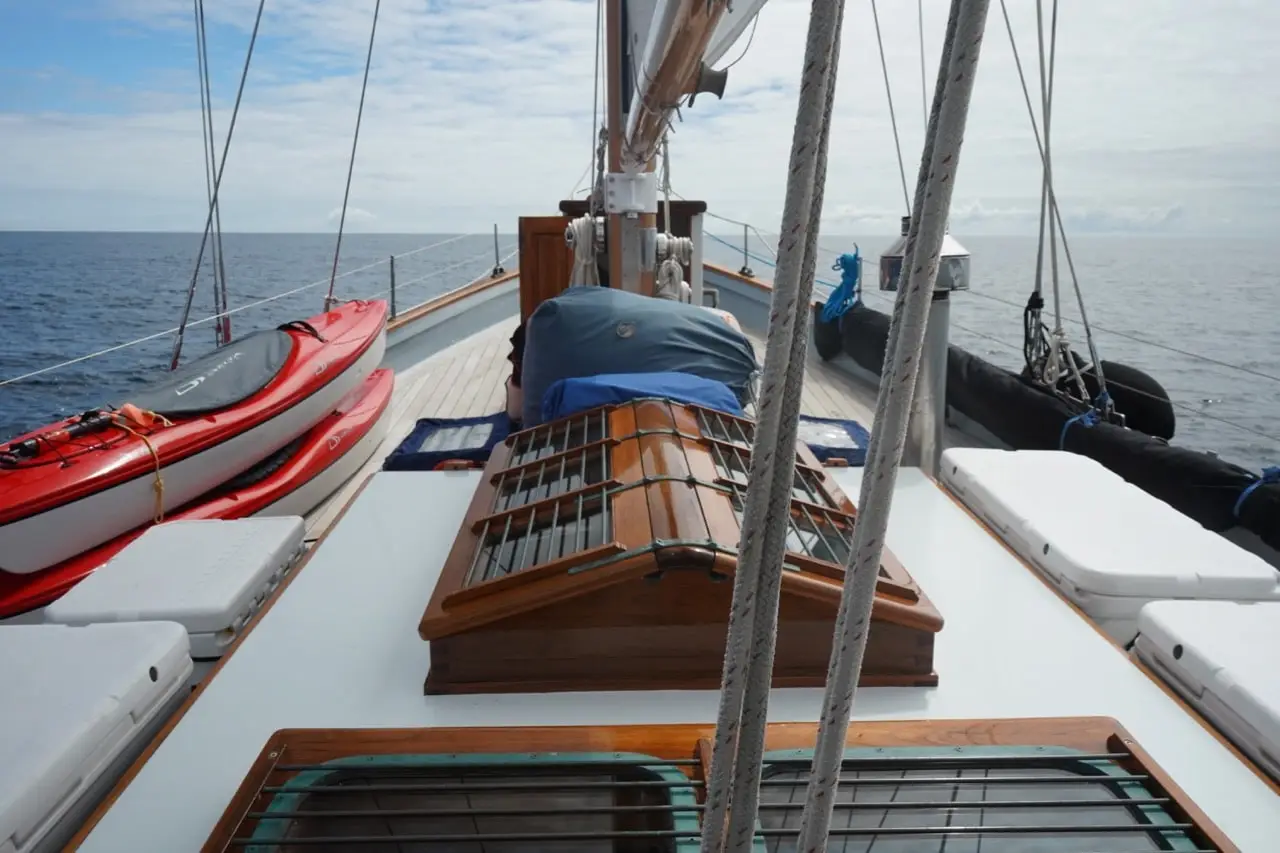
Day 5: July 7
We awake to another calm morning. After a delicious “edge-of-the-continental-shelf” breakfast of hardboiled eggs, fennel and tomato salad, grilled avocado, sourdough toast, chorizo sausages, and fresh fruit, we go ashore through a dense conifer forest.
We cross the estuary, vibrant green with a bed of sea asparagus (salicornia) below us. We walk down a path created by the old rail tracks, now taken over by the forest and evidence of a once industrial place. Remains of pillars from the rail system still line the estuary today. We cross through creeks and over nurse logs, now acting as bridges.
There are no fires to restore balance in the forest ecosystems of Haida Gwaii. These dead trees that fall allow young saplings to access sunlight and grow. Through this process, a patchwork mosaic-style forest is formed to create a diverse and rich ecosystem, with a biomass of 50% nitrogen coming directly from salmon (but that’s a story we’ll dive further into as we continue our journey deeper into Gwaii Haanas).
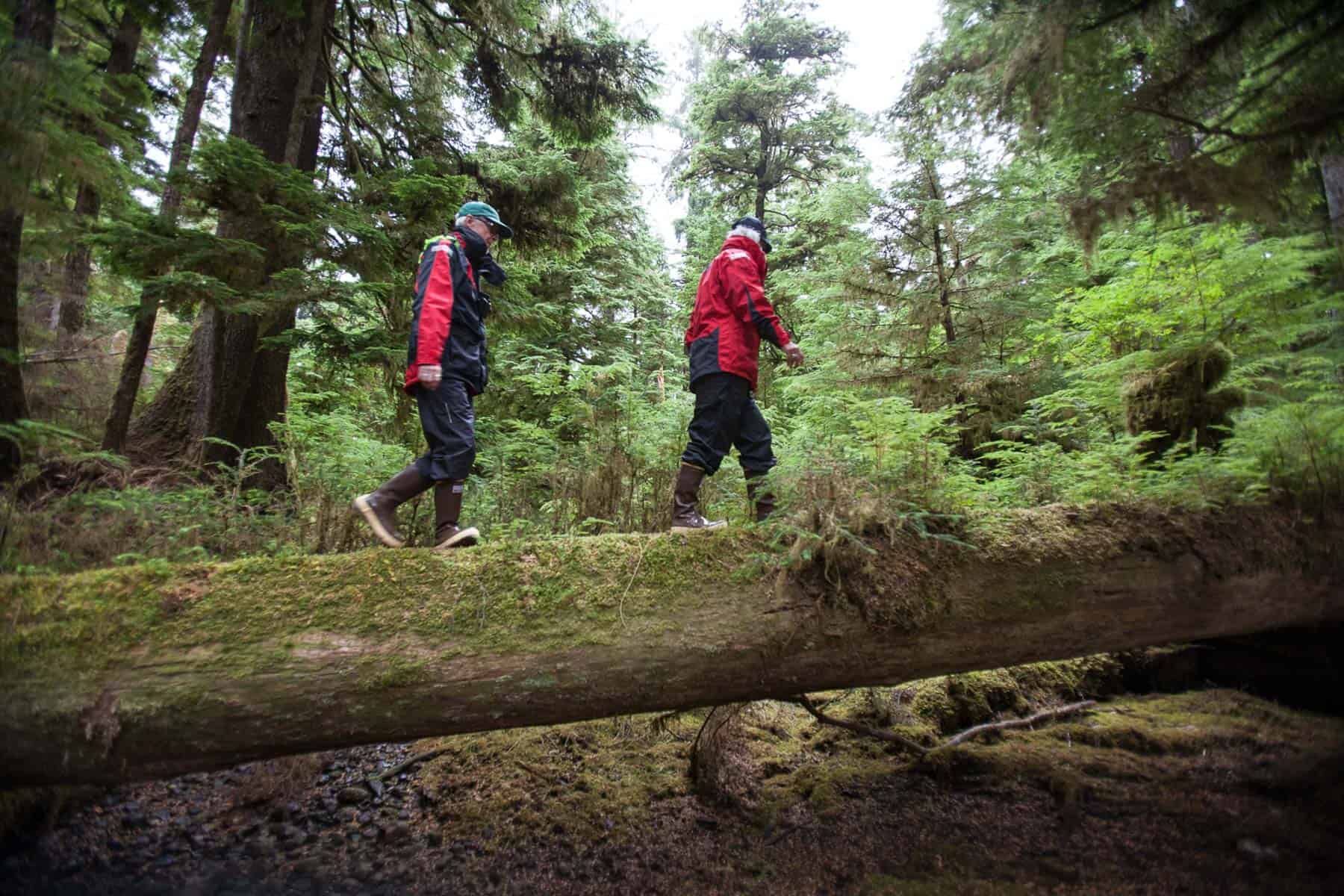
The morning sunlight streams down through the mossy, multi-layered canopy. We follow a small animal trail through the forest and discover an abundance of deer scat – a pretty common find here in Haida Gwaii. We can’t help but wonder what this forest would have looked like before the deer had been introduced as a draw for European settlers to further colonize the islands. Before the deer were left to run rampant without natural predators, and before the understory of saplings were sacrificed to fill their rapacious appetite for forest destruction.
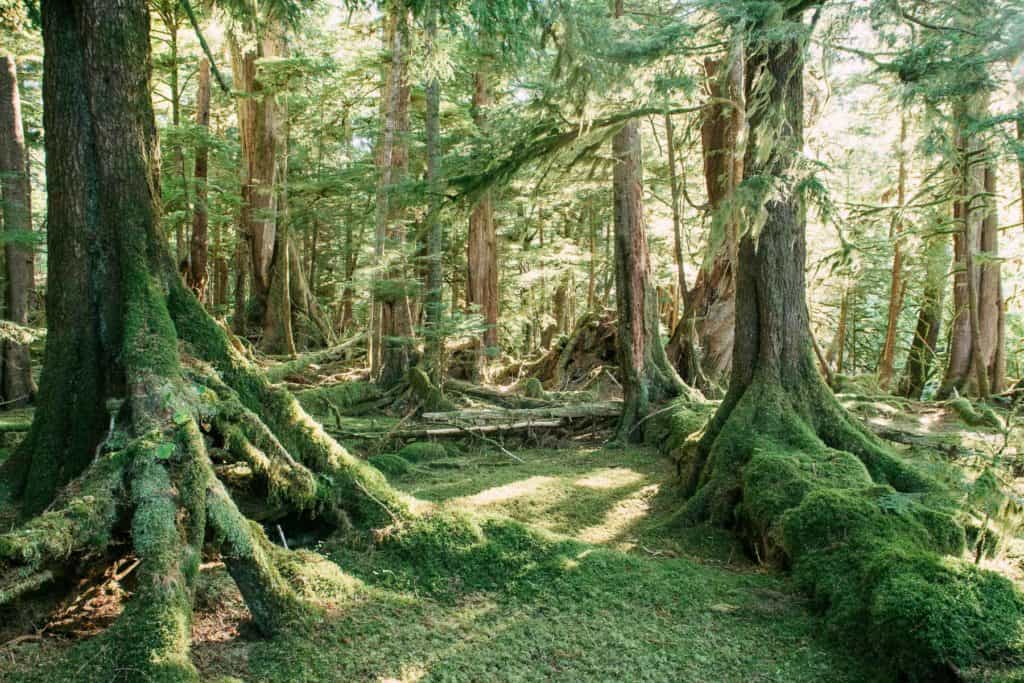
We get underway for the day with very light winds. There’s hardly a ripple on the water as we make our way into the Hecate Strait, with a slow, lazy swell to roll us along.
We all intersperse on deck and down below, to find our own space to read or write, or just sit and observe and continue to take it all in. A humpback on the horizon interrupts us with 3 shallow breaths showing its tail fluke for a deep dive below. We wait a few minutes before it surfaces again. As we sit idle in the calm waters, we’re surrounded by flocks of rhinoceros auklets, western grebes, and pigeon guillemots. The whale surfaces again with the same three shallow breaths followed by a farewell fluke.

We continue on to a rocky outcropping known as Garcin Rocks, a local weather station and one of only 3 sea lion rookeries on the BC Coast, lined with literal tons of adult males, females, and young Steller sea lion pups. Their barks reverberate across the water and as we round the rocks downwind we get far too acquainted with their barnyard stench.
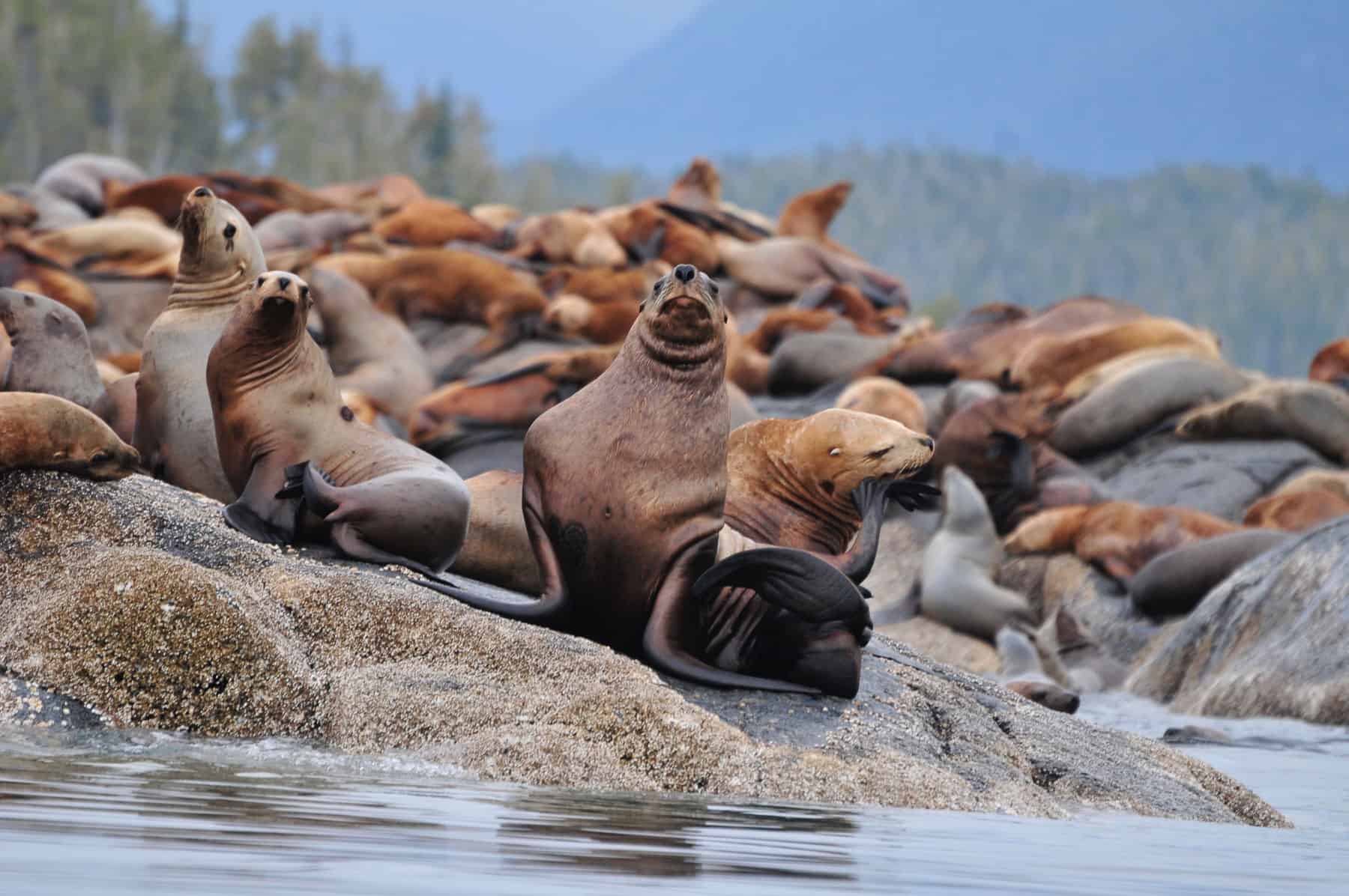
After lunch underway, we set anchor at the Gordon Islands, one of Russ’ favourite places – as we soon discover, for obvious reasons. We head ashore at low tide for some incredible intertidal surge channels, pulsating and swaying the seaweed array – ulva, porphyra, and codium fragile, or more commonly known as Dead Man’s Fingers. Each tide pool has its own intricate web of life. One with urchin, chitin, and aggregate anemones, and another filled with bryozoans, barnacles, and sculpins skittering about. The turquoise water becomes hypnotic as I sit and watch the ocean swell sway the giant bull kelp (nereocystis) back and forth, at an incredibly soothing rhythm.
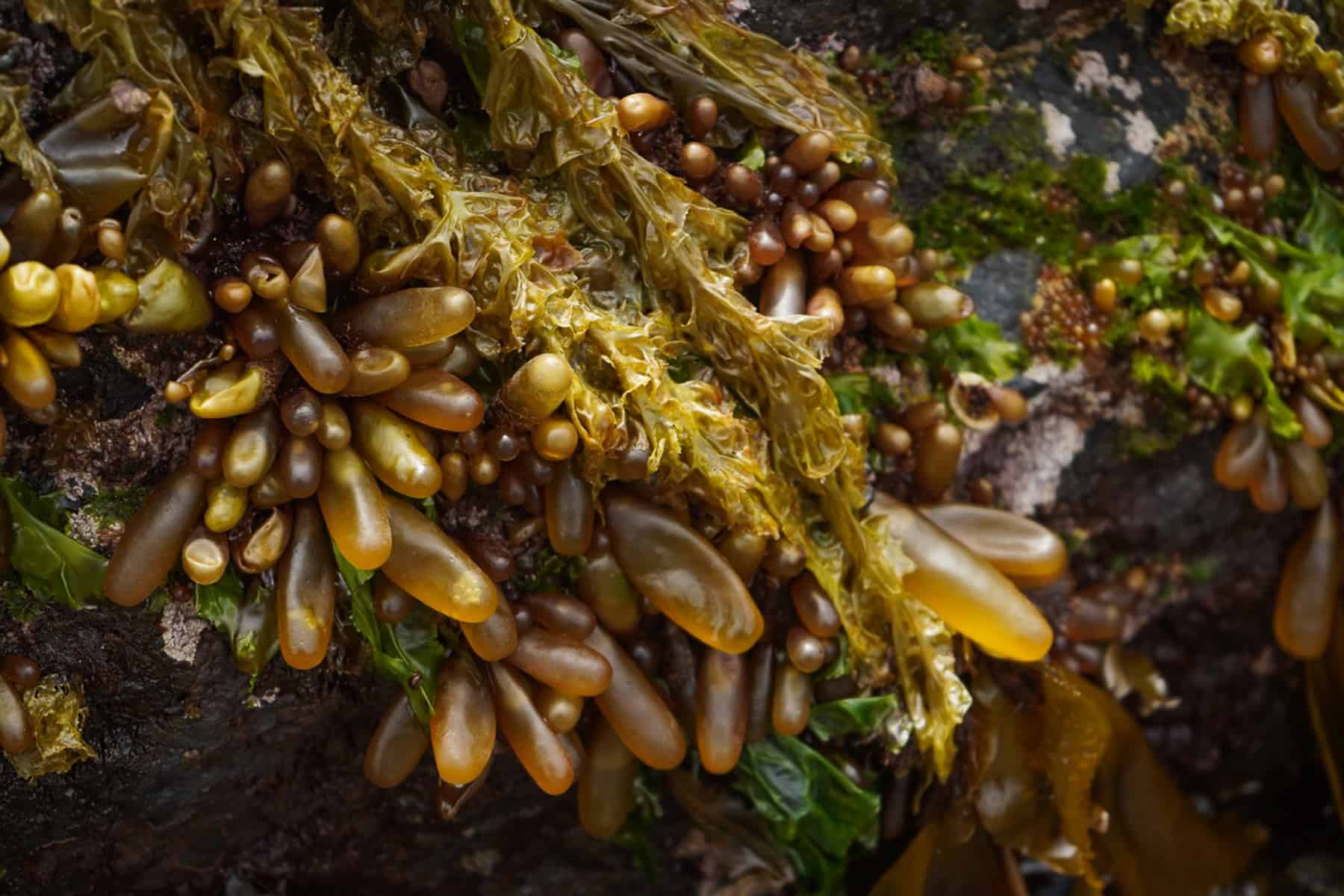
We walk up a cliffside trail to gain a little elevation to look out for whales and take in the stunning surrounding vistas and experience some floral zonation. As Graham entertains us with the ancient stories of pillage and plunder of Captain Kendrick and Cheif Koyah, I lay down in the moss amidst stunted spruce trees and salal brush and doze off to the sounds of gentle surf on the shore below, with rolling pebbles being tossed by the flooding tide.
What an incredible place this is. Never Never Land, or is it Forever Land? Graham tells us that not far from here is where the world, according to the Haida, was created. A universe that was once both light and dark, where the supernatural beings came to be.
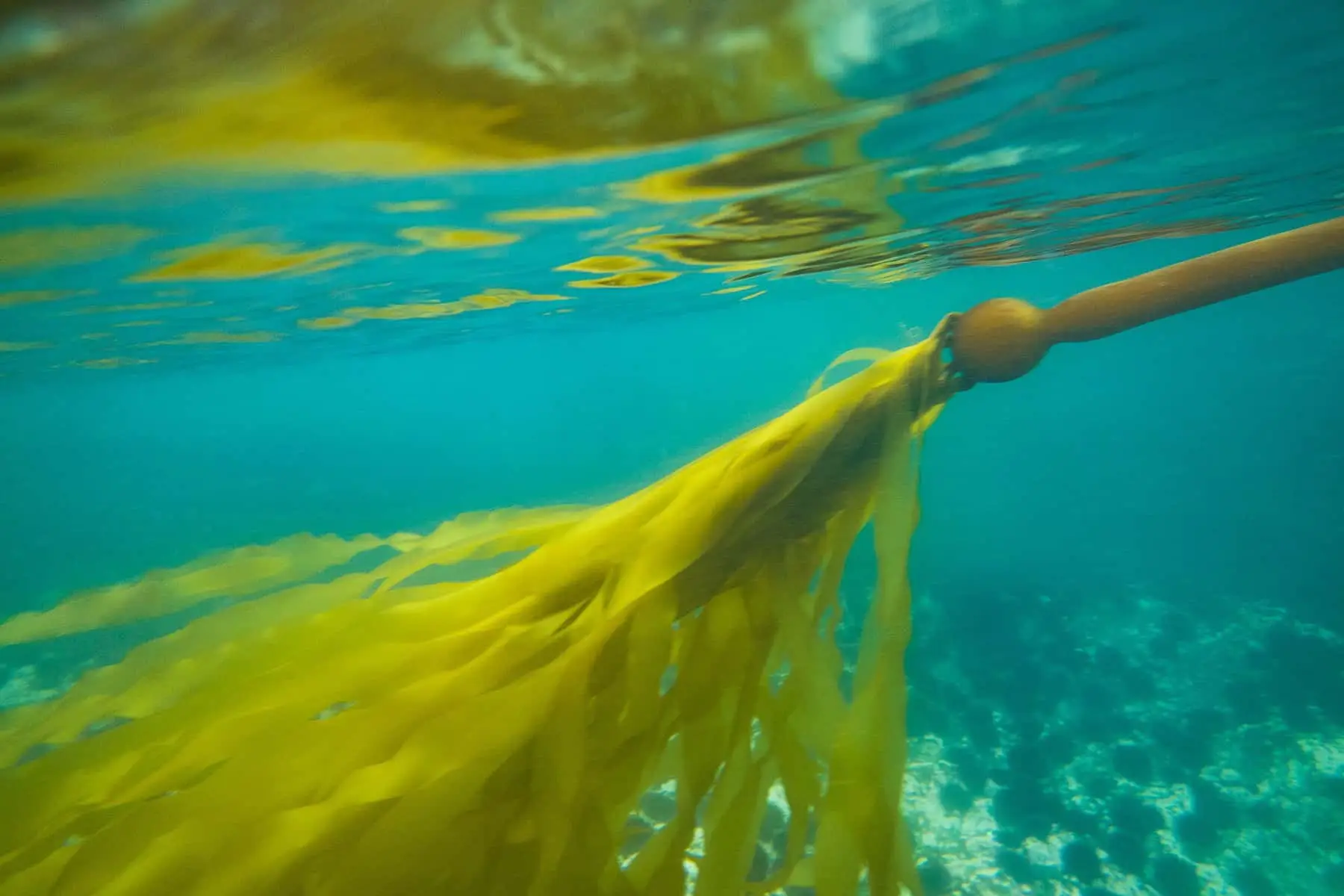
We zip back out to Passing Cloud where I don my wetsuit for yet another adventure – this time an underwater adventure to the “Fish Bowl.” We meander our small skiff through the reef and kelp forests, just narrowly entering the passageways between islets. We enter one of the open pools and I drop in, entering an entirely different world below the surface of the sea, a world so abundant and vibrant in greens, blues, and reds. So many urchins fleck the seafloor, creating blanketed barrens, hardly leaving room for anything else to stake their claim.
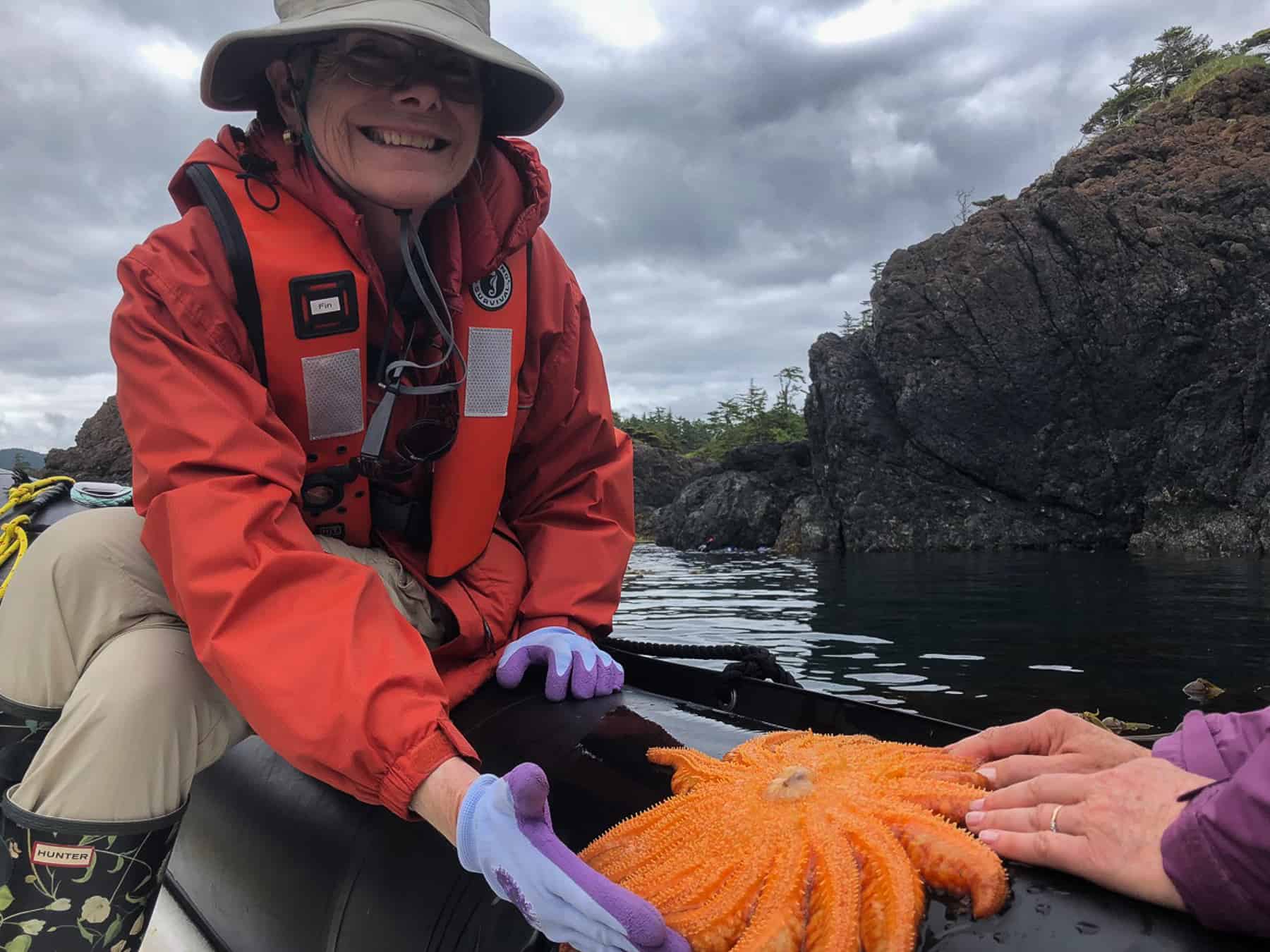
I explore along the edges of the basin and inspect the “water feature”, a swell-formed waterfall pulsing frothy seawater into the pool. I had forgotten entirely how much I love this underwater world. Spending so much time at the surface of the sea and along the shore, it’s easy to forget the incredible abundance of life and brilliant colours that lay beneath. Graham brings up a giant sunflower star for us to have a closer look at, a delight to see after the devastating Sea Star Wasting disease had decimated most along the Pacific Northwest only a couple of years ago.
I spot an iridescent blue China rockfish, pink striped perch, and a buffalo sculpin hiding in the kelp, along with many kelp crabs living on the fronds. Long flowing strands of feather boa seaweed (egregia menziesii) sway back and forth next to glowing green sea lettuce (ulva). Sea anemones, leather stars, and bryozoans line the peripherals adding to the colourful sea bouquet of the Fish Bowl.
This may now be my new favourite place too.
